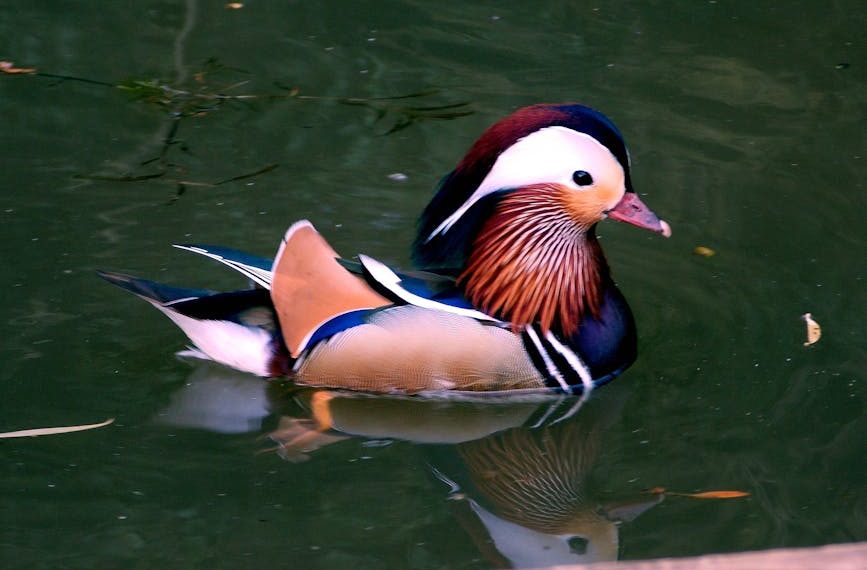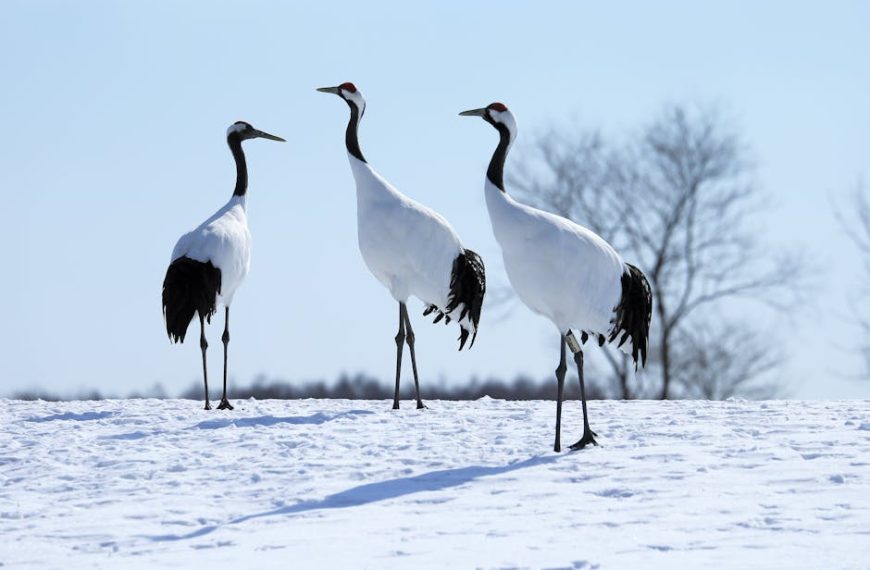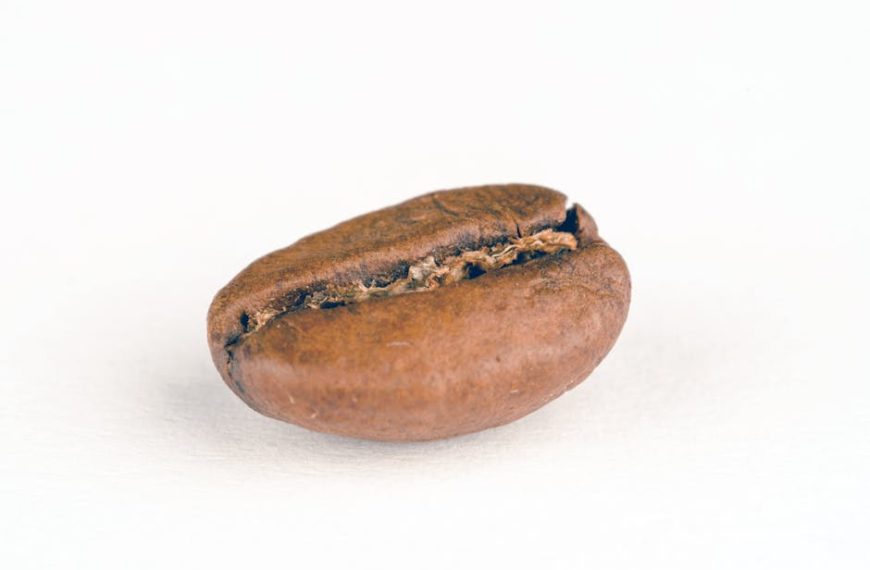Among the mysteries that intrigue the scientific community and history enthusiasts, understanding the lifestyles and behaviors of ancient creatures undoubtedly ranks high. One such creature that leaves an imprint of intrigue and awe is the Terror Bird, a creature whose very name belies its predatory nature. In this article, we will explore the probable diet of these prehistoric predators.
Understanding Terror Birds
Terror birds, scientifically known as Phorusrhacids, were dominant predators in South America approximately 62 to 1.8 million years ago during the Cenozoic era. These birds were gigantic in comparison to today’s birds, some reaching up to 3 meters in height. An intimidating part of their build was their large hooked beak, which was likely used to catch and kill prey. The term ‘Terror Birds’ is no accident; these creatures were at the apex of their food chains and were likely feared by other creatures they shared their habitat with.
Beyond their size and predatory nature, Phorusrhacids were a diverse group that varied significantly in size and lived across a span of tens of millions of years. The intricacies of their lives, including their diet, are a compelling puzzle for the scientific community.
Investigating Ancient Dietary Habits
To piece together the dietary preferences of creatures long extinct, scientists experiment with a variety of techniques. These primarily include scrutinizing fossilized remains and analyzing their beak and body structures, which offer crucial hints towards their probable diet. By extant analogy, scientists can further infer from the diet of modern relatives or species that share similar characteristics.
Pros and Cons: This research method is both fascinating and challenging. On one hand, fossils provide direct evidence about the past. However, these remains are often incomplete and degraded, making precise conclusions harder to draw.
Best practices: Scientists typically conduct these studies by carefully identifying appropriate fossils, analyzing their physical attributes, and cross-referencing with existing literature and knowledge about related or similar species.
The Probable Diet of Terror Birds
Based on current research and fossil records, it’s likely that Terror Birds were carnivores, feeding predominantly on small to medium-sized mammals. Their large builds and strong beaks suggest they had the capability of hunting bigger prey as well, perhaps even other terror bird species in desperate times.
Pro Tips: Studying the diet and hunting habits of modern birds of prey can offer valuable insight into the eating habits of their prehistoric counterparts.
Lists: The landscapes of prehistoric South America housed numerous mammalian species that could have been a part of the Terror Bird’s diet, including early rodents, marsupials, and possibly even smaller terror birds themselves.
Exploring Other Aspects of Terror Bird Dietary Behavior
A predator’s dietary habits revolve around more than just the available prey. Various factors like the animal’s hunting strategies, social structure, and type of habitat also play indirect but significant roles.
Terror birds were presumably solitary hunters, relying on speed and power rather than collective hunting. Their long legs and large beaks were perfect for swift and powerful strikes to capture and kill their prey. They were likely ambush predators, lurking in the undergrowth to surprise their victims.
Comparisons: Unlike terror birds, most modern predatory birds are social creatures and often hunt in groups, showing how evolution has favored different hunting strategies over time.
Checklist: The key factors that influence a predator bird’s diet include:
1. Size and physical attributes of the predator.
2. Available prey in the ecosystem.
3. Hunting strategies and skills.
4. Social structure and behavior.
Implications of the Terror Bird’s Diet
The diet of apex predators like the Terror Bird can significantly impact the ecosystems they inhabit. By preying on selected species, predators can influence the biological diversity and evolutionary pathways of their prey.
If a particular species was a staple in the Terror Bird’s diet, it may have been driven to extinction or forced to evolve survival strategies. Conversely, species that were not targeted by these giant birds may have flourished and become dominant due to the reduced competition.
List: Some species that could have been affected by the terror bird’s diet are early rodents, small marsupials, and possibly smaller Terror Birds themselves.
Best Practice: To avoid misconceptions, it is important to remember that ecosystems are complex and dynamic. While Terror Birds undoubtedly played a role in shaping their ecosystems, they were not the sole factor. Climate change, land formation, and a multitude of other factors contribute to the ebb and flow of species and ecosystems.
In our quest to understand the past, Terror Birds offer exciting insights into the prehistoric world. From their diets to their behaviors, these formidable predators remind us of the dynamic and ever-changing nature of life on Earth.
Key Takeaway:
- Terror birds, a species of dominant predators that lived during the Cenozoic era, likely fed on a diet of small to medium-sized mammals, based on physical features such as their large size and powerful beaks.
- The diet and existence of these birds may have significantly impacted their ecosystems, potentially leading to the extinction of certain species or influencing evolution.
- Various factors such as their probable solitude in hunting, speed, and power, and their habitat type, played a significant role in their dietary habits.
The fascinating world of prehistoric creatures like terror birds is a constant reminder of the mysteries our Earth holds. While studies and research deepen our understanding, each discovery invites us further into this captivating journey. Keep exploring, keep learning, and remember that every bit of knowledge contributes to our collective understanding of this incredible planet we call home.
FAQs
Q: How big were terror birds?
A: Terror birds were quite large compared to today’s standard bird size. Depending on the species, some terror birds could reach up to 3 meters in height.
Q: Why are they called ‘terror birds’?
A: The term ‘terror birds’ likely comes from their significant size, powerful build, and their predatory nature, which would have made them fearful figures in the ecosystems they dwelled in.
Q: Are there any modern-day relatives or counterparts to the terror birds?
A: As of now, there are no direct modern counterparts to the terror birds. Nonetheless, examining modern predatory birds can provide clues about the probable behaviors and diets of these extinct creatures.
Q: Do we know why terror birds went extinct?
A: The exact causes are unknown, though it could be a combination of factors including climate change, scarcity of prey, or competition with other predators. Further studies and fossil discoveries may provide more insights in the future.
Q: Could terror birds fly?
A: Based on current evidence, it is believed that terror birds were flightless. Their large size and physical traits suggest they were ground-dwelling, similar to modern ostriches or emus.
Continue to explore more articles on our site and share this fascinating information within your network. Dive into the captivating world of our planet’s history!












